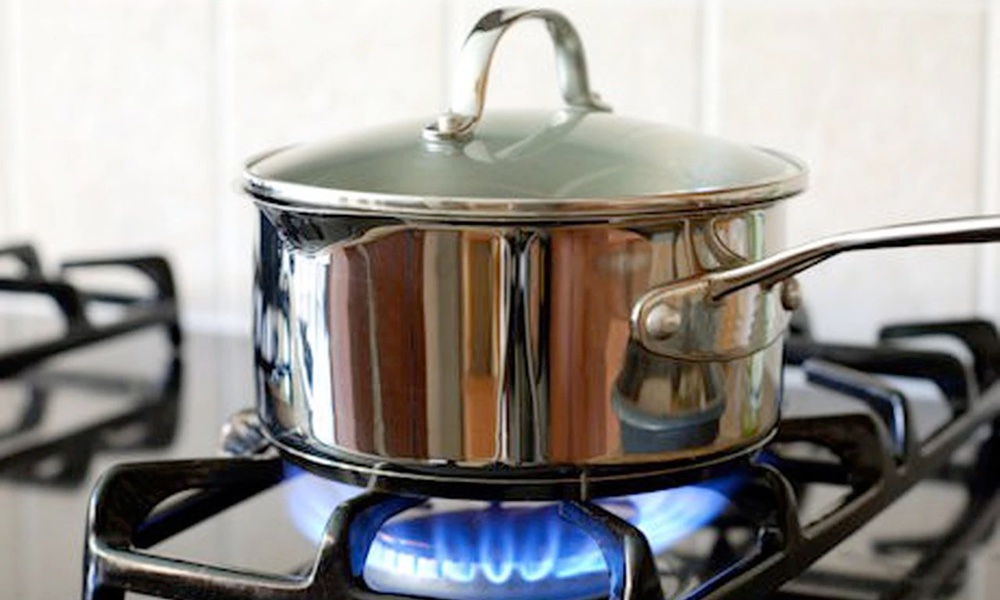When you cook, you're probably thinking about how your meal will taste. But if you are cooking on a gas stove, you may want to keep something else in mind.
According to a new study, people living in households with gas or propane stoves regularly breathe unhealthy levels of nitrogen dioxide — and that can cause serious health problems.
High levels of nitrogen dioxide can interfere with our blood's ability to carry oxygen and may result in headaches, fatigue and or dizziness. Breathing higher levels of nitrogen dioxide (NO2) can also cause trouble breathing or collapse — and when the levels are extremely high — early death. Over time it's been shown to intensify asthma attacks and has been linked to decreased lung development in children.
While most exposure to NO2 is caused by cars and trucks burning fossil fuels, the researchers estimate that the mix of pollutants that come from gas and propane stoves may be responsible for as many as 200,000 current childhood asthma cases. According to the study's authors, who include scientists from Central California Asthma Collaborative, PSE Healthy Energy and the Harvard T.H. Chan School of Public Health, one-quarter of these cases can be blamed on nitrogen dioxide alone.“I didn't expect to see pollutant concentrations breach health benchmarks in bedrooms within an hour of gas stove use, and stay there for hours after the stove is turned off.”
The researchers used sensors to measure concentrations of NO2 throughout more than 100 homes of various sizes, layouts and ventilation methods before and after stove use.
They were surprised to discover that the measurements collected in California, Texas, Colorado, New York and Washington, D.C. were so far reaching. “I didn't expect to see pollutant concentrations breach health benchmarks in bedrooms within an hour of gas stove use, and stay there for hours after the stove is turned off,” senior author Rob Jackson, a professor at Stanford's Doerr School of Sustainability, said in a press release.
“Pollution from gas and propane stoves isn't just an issue for cooks or people in the kitchen,” he added. “It's the whole family's problem.”
The results show that the nationwide, typical use of a gas or propane stove increases exposure to nitrogen dioxide by an estimated 4 parts per billion, averaged over a year. That's three-quarters of the way to the nitrogen dioxide exposure level that the World Health Organization recognizes as unsafe in outdoor air.
The best way to avoid this potentially dangerous problem is to replace a gas stove with an electric one. But not everyone can afford to switch this relatively expensive kitchen appliance. If that's the case, consider:
- Opening your windows while you cook.
- Using exhaust fans that move the air to the outdoors.
- Investing in an air purifier and choose one that you can move around from room-to-room.
- Switching to smaller electric appliances for cooking such as an electric kettle for boiling water, or cooking with an electric slow cooker, microwave, air fryer or toaster oven.
To fully understand the implications of stove emissions for human health, the researchers are looking next to find out how pollutants spread through a home, build up and eventually dissipate. As Jackson puts it, “We're moving from measuring how much pollution comes from stoves to how much pollution people actually breathe.”
The study is published in Science Advances.





